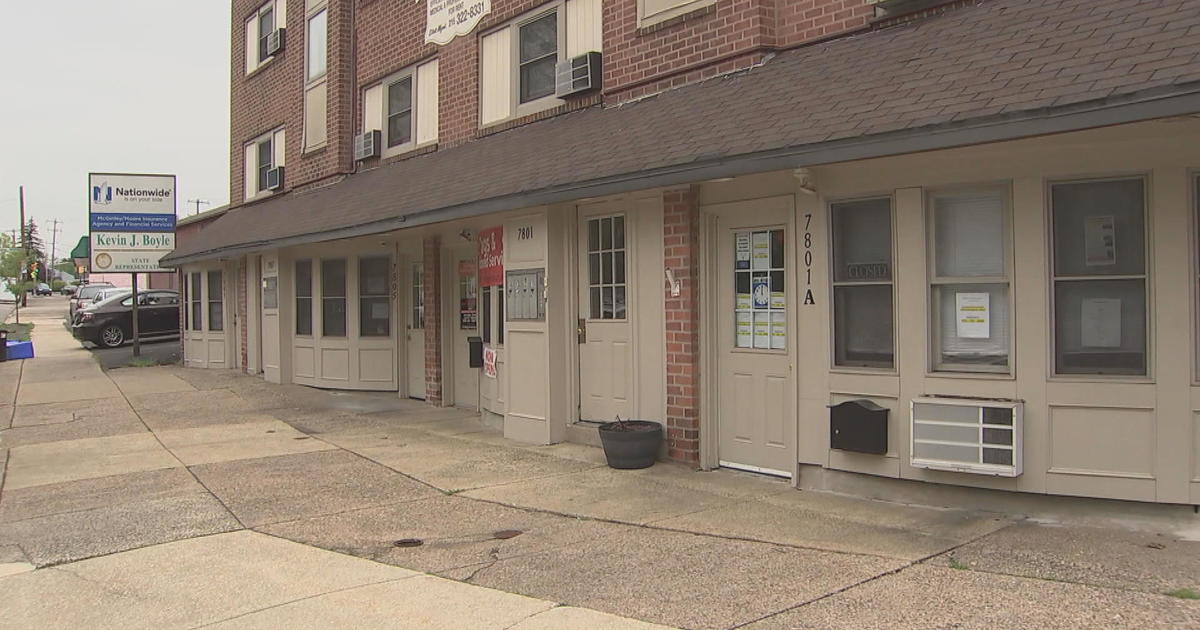Angie's List: Home Automation Systems
By Jim Donovan
PHILADELPHIA (CBS) -- Have you ever left home and forgotten to close your garage door, or -- even worse -- came home to an overflowing toilet? In this week's Angie's list report, Jim Donovan shows you how you can save yourself those worries with a home automation system.
Home automation systems let you integrate your security, lighting control, thermostat and audio/visual systems, which can make things simpler.
"Imagine leaving your house for the day and simply by pressing an away button on your way out, it can arm your security system, and it can turn off all the lights in your house, and it can turn off your televisions and music and set back your thermostat, saving energy while you are gone," said home automation installer, Ryan McDaniel.
When Annie Reist and her family decided to remodel, their house they opted to do some home automation.
"We did the home security, surround sound, speakers, audio system throughout the house and savant control, so with that, we can control everything from our TV to our alarm to music to audio, all on our iPhones and iPads," said Reist.
But you don't have to automate everything at once.
"The great thing about home automation is you can do a piecemeal. So you can add things that are most important to you and then add additional things later, which allows you to do it with in your budget," said Angie's List founder, Angie Hicks.
And while they can be expensive, starting at about $2,000, these systems may help you save money.
"If you are thinking about putting a home automation system in and you are concerned with the cost, check with your homeowner's insurance. What you might not realize is that there may be discounts available to you on your homeowner's insurance because you have one. So be sure you are understanding the full costs and benefits before installing," said Hicks.
More from Angie:
There are many subsystems that can be brought together by one simple interface that you can use anywhere with your tablet or smart phone. The options include:
Lighting Control - Turning them off, or seeing what lights are on in your house
Garage door - Close it or open it from anywhere.
Water detector - If a pipe bursts or there is a leak, you are notified.
Alarm System - Turn on or off anywhere. You can let service people into your house if you are away.
Access codes - You can set up different access codes for different users - pet sitters and children, for example. You receive alerts when those are used.
Safety Lighting - At night, from your car, you can hit a home button to create a pathway to light the house for safety.
Thermostat control - You can control the temperature in your home from anywhere.
Television - You can use one interface to control all aspects of your TV such as DVD player, cable and even changing channels and controlling volume.
Audio - You can install a surround sound audio system and control all the speakers in different rooms. The can all play the same music or if your kids want to listen to their music in their room they can while you enjoy what you like in another.
Video - You can set up cameras in each room and view your house from anywhere.
Remote appliance control - One popular example is the automated stove. With an automated stove, you can program it to start preheating at a certain time of day, so that it's ready for use when you get home from work.
Home automation systems are a significant investment, start around $2,000 but can grow to add as much as the homeowner wants. It can certainly make life easier and safer, and you can even save money from your home automation system.
Savings:
Many insurance companies offer discounts on homeowner's policies if the home is equipped to an automation system that has security monitoring.
As the cost of energy continues to go up, people are also becoming more conscious of the amount of electricity they use. As a result, there has been a growing demand for components that remotely monitor energy usage of specific appliances. The technology can automatically shut off appliances when they aren't in use to conserve energy.
More utility companies nationally are offering what's known as "demand response programs." The programs allow homeowners to earn dividends for limiting their energy use during extreme hot or cold spells when the energy grid is strained and utility companies are forced to buy surplus energy at a higher cost.
Different methods of integration:
Wireless integration
Wireless integration of automated home systems uses a set of routers that are similar to the wireless router that you may use for home internet. Instead of website information, these routers relay information from remotes to various appliances around your home. This is a convenient option for people who don't want a full automation of their home. It will require you to purchase new appliances that can couple with the routers and can be executed very easily with little to no technical assistance.
Hardwired integration
Homeowners generally spring for a hardwired integration of their automation system if they are interested in larger-scale automation. It can become very expensive to automate an entire house full of appliances with wireless technology. Hardwired integration allows users to connect all of the systems in their home in a more permanent way. This type of integration will generally require the assistance of a qualified home automation professional.



